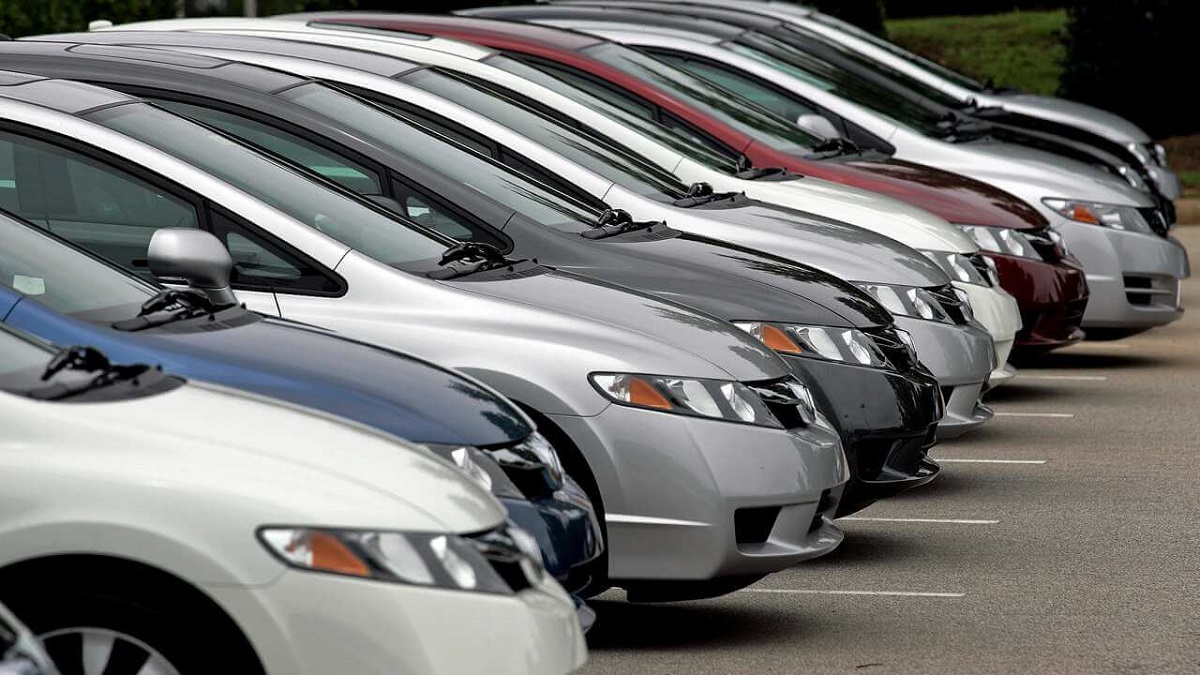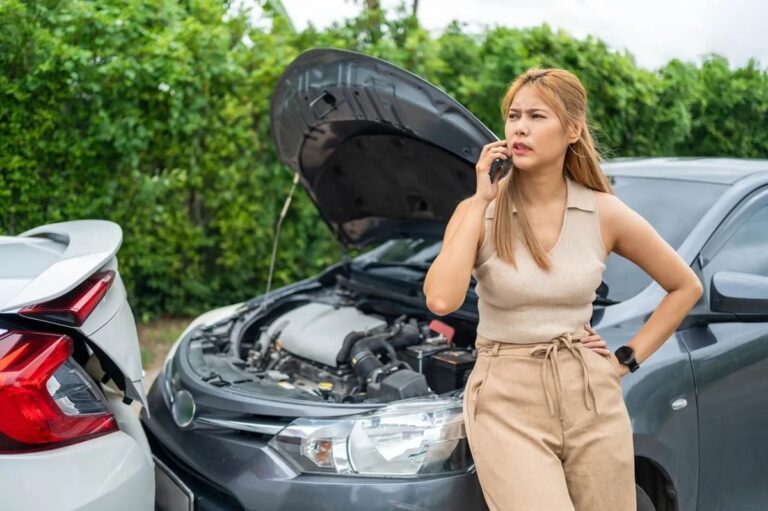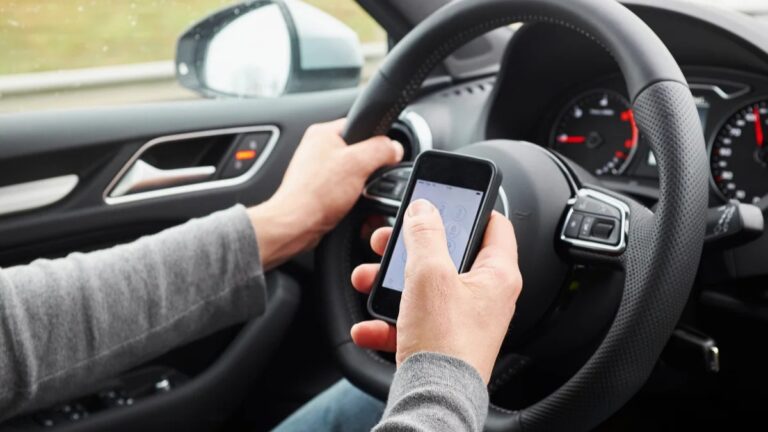
Used Car Checklist
For many, purchasing a used vehicle can feel overwhelming. Nobody wants to end up with a lemon and face expensive repairs immediately after driving off the lot. Fortunately, it doesn’t have to be such a gamble. By knowing what to look for and what questions to ask, you can confidently make a smart used car purchase.
This comprehensive 27-point checklist will guide you through what to inspect when buying a used car.
1. Determine Your Budget
Your monthly car payment should ideally stay below 20% of your net take-home income. Use finance tools to figure out a comfortable price range for your next vehicle.
2. Research the Right Vehicle
Now that you know your budget, identify the type of car that best suits your needs.
- Create a list of “must-have” features (e.g., towing capacity, fuel efficiency, off-road ability).
- Then make a separate list of “nice-to-have” preferences (e.g., color, body style, luxury features).
- Reviewing both lists together will help you prioritize and make informed trade-offs during your search.
3. Bring a Mechanically-Savvy Friend
If possible, take someone who knows cars with you. They might spot warning signs you’d otherwise miss. If no such person is available, request a pre-purchase inspection by a mechanic. This service typically costs $150, $200, but could save you thousands. If the seller refuses, consider that a potential red flag.
4. Inspect the Car on Level Ground
Make sure the car is parked on flat, level ground. If it leans to one side, this could suggest issues like a faulty suspension, worn shocks, broken springs, or even a bent frame—all of which could lead to costly repairs.
5. Check for Rust and Fluid Leaks
- Look underneath the car and along the edges of doors and hinges for signs of rust.
- Lift the carpet in the trunk to inspect the floor for rust.
- Check beneath the vehicle for fluid leaks. Persistent leaks can signal major engine or transmission issues.
6. Inspect the Exhaust System
Any black spots or oily grime near the exhaust may indicate trouble. White vapor could mean a blown head gasket or oil burn, both expensive repairs. Exhaust system replacements can exceed $2,000.
7. Evaluate the Frame
One of the most critical checks is the vehicle’s frame. A compromised frame could mean the car was in a serious accident and may not be structurally sound.
- Inspect the saddle (connecting the front fenders and radiator top). It should be bolted, not welded.
- Look at the bolts atop the fenders under the hood, scratches might indicate parts were replaced.
- Examine door jambs for welds or scratched bolts, which suggest prior accident repairs.

8. Look Over the Glass
Check for cracks or chips in the windshield and windows. Small chips can grow into larger cracks over time, impacting visibility and potentially breaking during an accident. In some states, it’s illegal to drive with a damaged windshield.
9. Verify Smog and Emissions Compliance
Make sure the car meets local smog or emissions standards. Fixing emissions issues can be difficult and expensive. Non-compliance might also result in fines or denied registration.
10. Examine Under the Hood
Open the hood and check for:
- Rust, dents, or visible damage
- Rodents or nests (yes, it happens)
The Vehicle Identification Number (VIN) decal on the fenders, or the absence of decals, could indicate past repairs after a collision.
11. Check for Engine Leaks and Odors
Oil stains on the engine block can suggest a leaking gasket. Ask the seller for documentation of routine maintenance like oil changes, radiator flushes, and other upkeep. A well-maintained vehicle typically lasts much longer.
12. Inspect Hoses and Belts
Hoses should be firm and free of cracks. A damaged radiator hose can burst and cause major engine damage. Belts should also be in good shape. For example, a broken serpentine belt will leave the car undrivable.
13. Look at the Transmission Fluid
This is critical. The fluid should be pink or red—not black or burnt-smelling. Low or dirty fluid could signal transmission trouble, which may require an expensive rebuild or replacement.
14. Assess Interior Smells
Take a deep breath when you first open the car. Musty or moldy odors may indicate water damage or leaks. A strong smoke smell usually means the vehicle was owned by a smoker, and that scent is tough to eliminate.
15. Check the Seats
Inspect all seats for comfort, movement, and any signs of stains or damage. Ensure you have enough headroom and legroom. If the vehicle doesn’t feel right, it may not be the right fit—comfort matters.
16. Dashboard Warning Lights
When you start the car, check the dashboard for any persistent warning lights.
A lit “check engine” light doesn’t always spell disaster—it could be something minor like a loose gas cap.
However, a flashing check engine light is more serious and may need immediate attention.
Ask how long the light has been on and consider having a mechanic run a diagnostic scan.
17. Test the Brakes
While driving, listen and feel for issues with the brakes:
- Do they vibrate or feel soft?
- Do they make grinding, squealing, or scraping noises?
These could signal worn pads or rotors. A full brake job can cost between $130 and $900 or more.
18. Watch for Hesitation While Accelerating

Note how the car performs at various speeds: 45, 55, 65, and 75 mph. Any hesitation may point to worn ball joints, control arms, or other suspension parts, repairs that can run $1,500 or more.
19. Listen for Odd Noises
Strange sounds, clunks, pings, pops, knocks, or backfires are never good signs. The car should idle and accelerate smoothly and quietly.
20. Test Amenities: Heat, AC, Radio, CD Player
Ensure all electronics work properly. While these might seem minor, faulty amenities can affect your comfort and may be expensive to fix later.
21. Check the Vehicle’s Reputation
Do your homework on the car’s make and model. Look up reviews, recall information, and consumer complaints. Avoid models known for persistent mechanical issues or widespread recalls.
22. Review the Vehicle History Report
Get a report from services like CARFAX. These reports are inexpensive and provide key details such as accident history, number of previous owners, title status, and odometer readings.
23. Match Odometer Reading to Maintenance Records
High mileage isn’t necessarily a bad thing if the vehicle has been properly maintained. In fact, a well-maintained car with 100,000+ miles might last just as long as a newer one. Ask to see maintenance logs to verify the vehicle’s care history.
24. Confirm the VIN
Check that the Vehicle Identification Number (VIN) matches across documents and physical locations on the car. This helps protect you from fraud, especially if the car is stolen or rebuilt.
Use a VIN decoder to confirm that the number aligns with the vehicle’s reported specifications.
25. Inspect the Tires
Look for:
- Uneven tread wear
- Feathering
- Shallow tread depth
These can indicate alignment issues or worn suspension components. Also, don’t forget to inspect the spare tire. Avoiding new tires can save you $400–$800.
26. Take a Thorough Test Drive
Drive the car in various conditions, city streets, highways, hills, based on your typical driving patterns. Pay attention to how it handles, accelerates, brakes, and rides overall.
Bonus Tip: If there’s a strong air freshener smell, open the windows during your test drive. Once aired out, you’ll be able to detect any lingering odors.
27. Negotiate With Confidence
Don’t accept the sticker price. Use your research and this checklist to negotiate smartly.
Negotiation Tips:
- Start with an offer slightly below the market value
- Set your maximum offer in advance, and stick to it
- Be wary of add-ons like extended warranties
- Don’t negotiate when tired, rushed, or hungry
The more informed you are, the more confidently you can negotiate a fair price.



